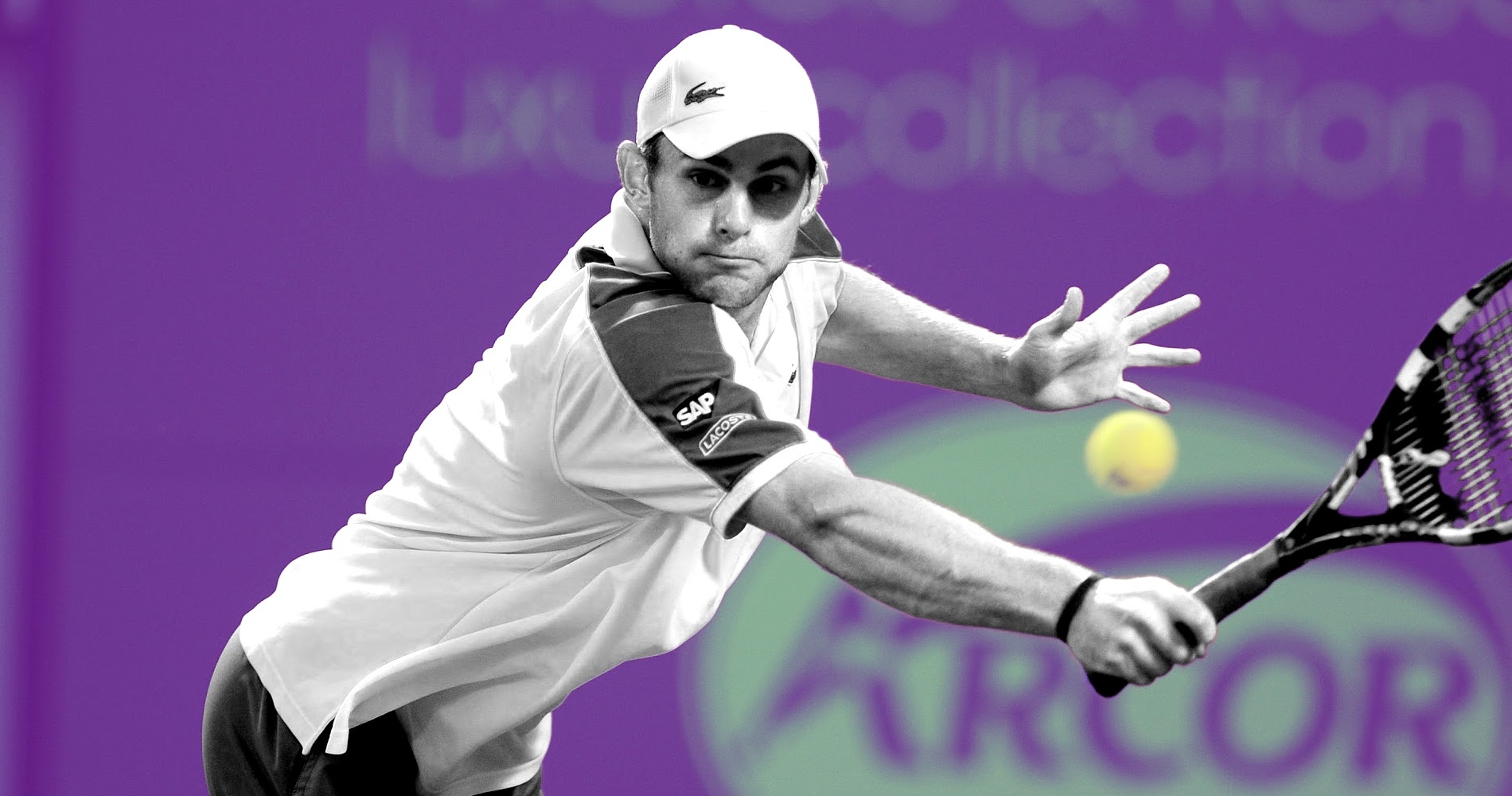October 15, 1972: The day Stan Smith led USA to victory over a “cheating” Romanian side in the Davis Cup
Every day, Tennis Majors takes you back to one of the most iconic moments in tennis history. On this day in 1972, Stan Smith beat Ion Tiriac to lead the United States to victory over Romania in one of the most contentious Davis Cup finals ever played
 Stan Smith OTD 15/10
Stan Smith OTD 15/10
What exactly happened on that day?
On this day, October 15 in1972 in Bucharest, Stan Smith overcame terrorist threats, dishonest linesmen and Ion Tiriac’s tricks, to beat the Romanian (4-6, 6-2, 6-4, 2-6, 6-0) and seal the United States’ victory over Romania in the Davis Cup. The entire final, because of its political context and incredible scenario, is considered as one of the most memorable moments in the history of the Davis Cup.
It was also the first year that the competition had abandoned the Challenge Round format, where the defending champion automatically qualified for the finals, and it was the first time that a Davis Cup final was played outside of America or Australia in 35 years.
The players: Stan Smith and Ion Tiriac
- Stan Smith: From ball boy-reject to Grand Slam champion

Stan Smith was born in 1946 in South California. As a kid, he applied for a job as a ball boy in the Davis Cup, but was turned down because the organizers thought he was too clumsy. Yet, Smith later played collegiate tennis at the University of Southern California, and in 1968, he started playing on the men’s tour. By September 1971, he had already claimed 11 single titles, including the 1970 Stockholm Open, where he defeated Arthur Ashe (5-7, 6-4, 6-4), the 1970 Tokyo Masters, where he beat Rod Laver (4-6, 6-3, 6-4) and the 1971 Queen’s Club Championships, where he overcame John Newcombe (8-6, 6-3).
Three weeks after his triumph at the Queen’s Club, Newcombe took his revenge against Smith in a close Wimbledon final (6-3, 5-7, 2-6, 6-4, 6-4). A few weeks later, Smith claimed his first Grand Slam title in the US Open at Forest Hills, beating Jan Kodes in the final (3-6, 6-3, 6-2, 7-6). It was the first time that a US Open final ended with a tiebreak, which had been introduced only in 1970. In 1972, Smith clinched a second Grand Slam title at Wimbledon, edging out Ilie Nastase in the final (4-6, 6-3, 6-3, 4-6, 7-5), and, in the eyes of many experts, he was the best player in the world.
- Ion Tiriac: The “Brasov Bulldozer” won the Roland-Garros doubles title
Ion Tiriac was born in 1939. Because he was born in Transylvania, Romania, he was nicknamed “the Brasov Bulldozer” or “Count Dracula”. Gifted in various sports, he was first a table tennis prodigy, before being a part of the Romanian hockey team at the Winter Olympics in 1964 in Innsbruck.
When he focused on tennis, he became good enough to reach the quarter-final at Roland-Garros in 1968, which was the first Grand Slam of the Open Era. There, he was close to beating world No 1 Rod Laver but, despite a two-sets-to-love lead, Tiriac was eventually defeated (4-6, 4-6, 6-3, 6-3, 6-0). He was more successful in doubles, usually partnering compatriot Nastase, with whom he reached the Roland-Garros semi-finals twice (1968, 1969) before eventually triumphing in 1970, beating Ashe and Charlie Pasarell in the final (6-4, 6-3, 6-2).
The place: Club Sportiv Progresul in Bucharest, Romania
The 1972 Davis Cup final was held at the Club Sportiv Progresul, in Bucharest. In 1972, Romania was a communist country, but in the few years prior to the match, Romania’s president, Nicolae Ceaușescu, had formed a cautious alliance with the United States. The dictator saw, in sport, a safe way to promote nationalism.
The facts: Stan Smith beats Ion Tiriac in five sets
The 1972 Davis Cup final was held in the midst of a very peculiar political backdrop. Just a few weeks earlier, a group of Palestine terrorists had attacked the Israeli team at the Olympic Games in Munich, murdering 11 athletes in their hotel room. The Davis Cup final was the next big international sports event, and, amongst the potential American players, two were Jewish (Harold Solomon and Brian Gottfried).
The American team was greeted by a bunch of fully armed soldiers when they landed in Bucharest to compete in the final, and all the participants, even the Romanian players, were under lockdown in their hotel when they were not playing.
To top that, Dennis Ralston, captain of the US Davis Cup team, had been warned by the Australian captain Neale Fraser, whose team had lost in Romania in the semi-finals: “You can’t win because they won’t let you. You have no idea what you’re getting into.” According to The New York Times, Fraser said his team had been cheated by the linesman like they had never been before.
The entire city of Bucharest was passionate about the Davis Cup final. Maybe this extra pressure was too much for Nastase, the US Open champion, who was far from his best level in the first match. He had told the public that Romania “should be 10-1 favourite” (1-10) so when he lost to Smith (11-9, 6-2, 6-3), “people were looking for Nastase’s car to burn it”, according to his teammate Toma Ovici.
In the second match, Tom Gorman took a two-sets-to-love lead against Tiriac. “Count Dracula” then started his antics, followed by the crowd and the linesmen, to win in five sets (4-6, 2-6, 6-4, 6-3, 6-2). The referee, the Argentine Enrique Morea, later said that the cheating was the worst he had ever witnessed, and that the linesmen basically “saw whatever Tiriac wanted.” Gorman was left in tears, and captain Ralston was bitter. “Tiriac should be thrown out of tennis for life,” he said, according to Sports Illustrated. “This is the most disgraceful day in the history of the Davis Cup.”
Nonetheless, on Saturday, Smith, partnering Erik Van Dillen, crushed Nastase and Tiriac, 6-2, 6-0, 6-3.
On Sunday, October 15, Smith faced Tiriac to try and seal the victory, knowing that in the event of a deciding fifth match, Gorman was not the favourite against Nastase.
Before the match, the referee warned the American captain, advising him not to hit the lines in order to avoid dishonest calls. With all this pressure, Smith lost the first set, 6-4, but managed to take the second and the third, 6-2, 6-4, despite four consecutive close calls against him. At some point, Ralston managed to have one of the linesmen replaced. In the fourth set, Tiriac got out of control, putting extraordinary pressure on the linesmen and the referee. “I got two bad calls on the same point,” Smith said. “This is when I was finally going nuts.”
Displaying unbelievable mental strength, the Wimbledon champion played flawless tennis in the fifth set, hitting numerous unquestionable winners to blank Tiriac, 6-0. “I really lost a lot of respect for you”, he told his opponent as they shook hands.
What next? Romania yet to reach another Davis Cup final
Romania would never reach the Davis Cup final again.
In total, Stan Smith would win 37 titles in his career and would also claim five major titles in doubles, partnering Bob Lutz. Smith would remain famous even decades after his retirement because of the popular tennis shoes and trainers named after him and made by Adidas.
Once his career as a player was finished, Tiriac would become a famous sports manager (in the 1980s, he would discover and drive a young German named Boris Becker) and a businessman. His investments would prove successful, as Tiriac would become a billionaire, the richest man in Romania. In 2013, asked by the The New York Times to reflect on the 1972 Davis Cup final, he would only respond by email: “The Davis Cup in 1972 was unfortunately just another final that we lost.“









